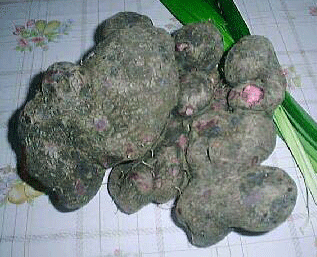

So the Manila-born pastry-chef and owner has learned to work with ube in frozen, jam and essence form.

But even if he can get his hands on it, Miko Aspiras of Don’t Doughnuts says the flavour and colour simply don’t compare to ube from the Philippines. Ubes particular sweetness doesnt have any obvious analogs, though the root vegetable from which its derived is a cousin to taro and sweet potato. Ube, pronounced ooh-beh, is a sweet yam native to the Philippines. Sign up for the fun stuff with our rundown of must-reads, pop culture and tips for the weekend, every Saturday morningįresh ube is hard to come by in Australia. A photo posted by Food Pour-nographer (foodpourn) on at 9:23am PDT. “They say: ‘What is this flavour? This is crazy!’” Locally known as ube (pronounced oo-beh), the Philippine purple yam first.

Thomson says her customers, who are mostly non-Filipinos, are drawn to her ube creations. A distinctly violet food item from the Philippines has been growing in popularity in the United States. Thomson’s husband has coeliac disease and over the years she’s developed a high tea menu’s worth of gluten-free cakes and pastries. Items like the Tropics Whole Filipino Ube (Purple Yam), Frozen are sourced from the highest quality brands at the best prices. Meanwhile at Brisbane cafe Dovetail Social, Bacolod-born Filipina owner Rejoice Thomson serves the “yamington” doughnut – a coconut-dusted ube-flavoured creation, crowned with a perfect circle of creme caramel – and they’re gluten-free. An ube doughnut at Pecks Road Cheat Meals.


 0 kommentar(er)
0 kommentar(er)
